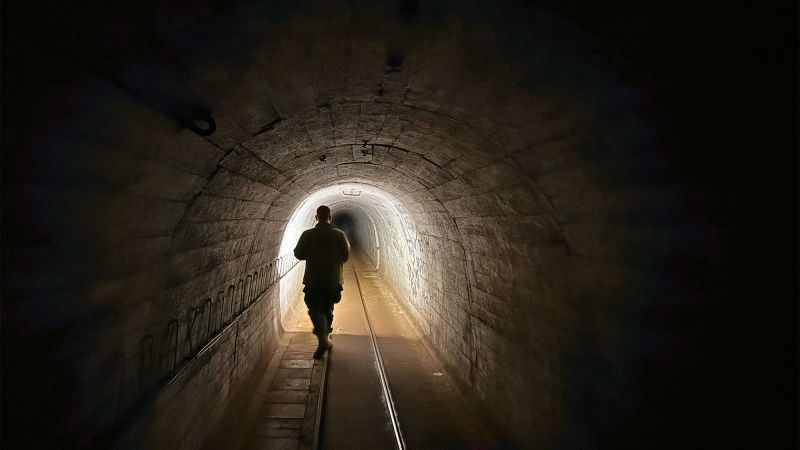Deep beneath the surface, the Nazis built an extensive underground city designed to house thousands of soldiers during World War II. This subterranean complex was a secret military installation, equipped with tunnels, bunkers, and living quarters, all concealed from the outside world.
The construction of this underground city was a massive engineering feat, involving complex tunnel systems that stretched over miles. It was intended to serve as a strategic military base, providing shelter and operational facilities away from Allied reconnaissance and bombing campaigns.
For decades, this hidden city remained largely unknown to the public, shrouded in secrecy and protected by layers of earth and history. However, in recent years, efforts have been made to preserve and open parts of this site to visitors, transforming it into a unique historical attraction.
Today, tourists can explore sections of the underground city, learning about its purpose and the history of the Nazi regime. Guided tours reveal the intricate tunnel networks, former living quarters, and command centers, offering a glimpse into a dark chapter of history.
Visitors are often struck by the scale and complexity of the underground construction, which reflects the Nazis' extensive efforts to fortify their military capabilities. The site serves as a stark reminder of the war's devastation and the technological ingenuity employed during that era.
Efforts to preserve the site aim to educate the public about the atrocities committed during the Nazi regime while also highlighting the engineering achievements of the time. As a tourist attraction, it provides a powerful, tangible connection to history, encouraging reflection and learning.
Despite its dark past, the underground city now stands as a historical monument, drawing visitors from around the world who seek to understand the depths of human conflict and resilience. Its transformation from a secret military installation to a place of education underscores the importance of confronting history to prevent its repetition.
